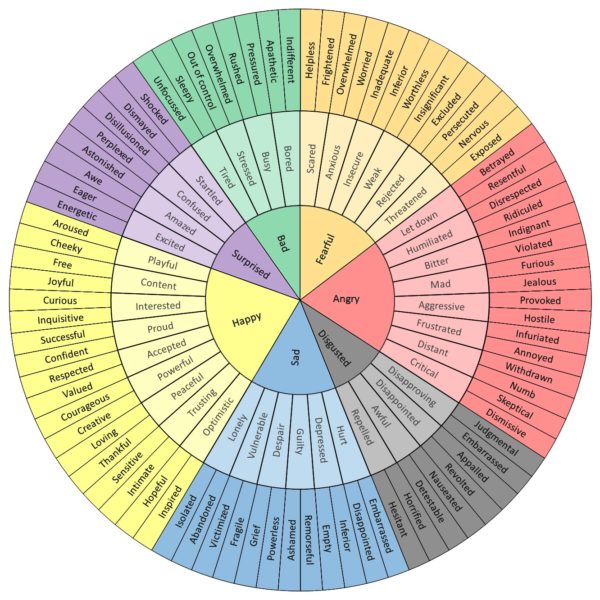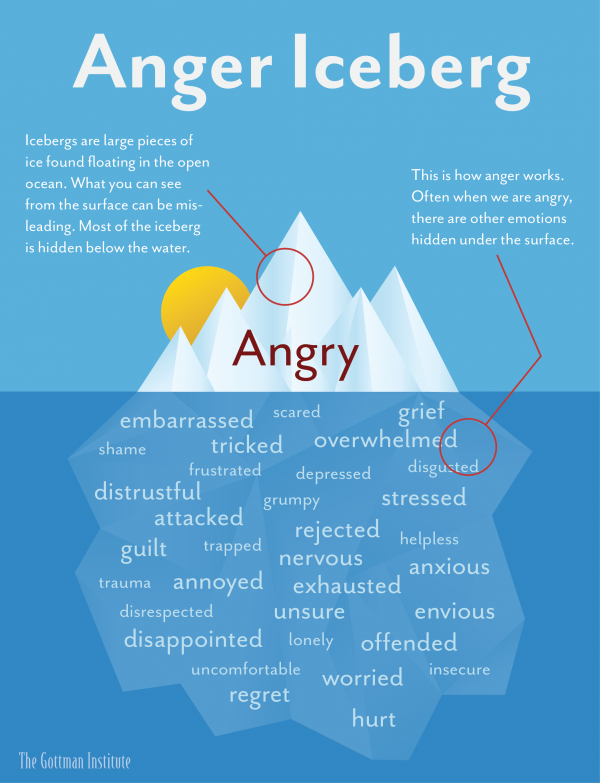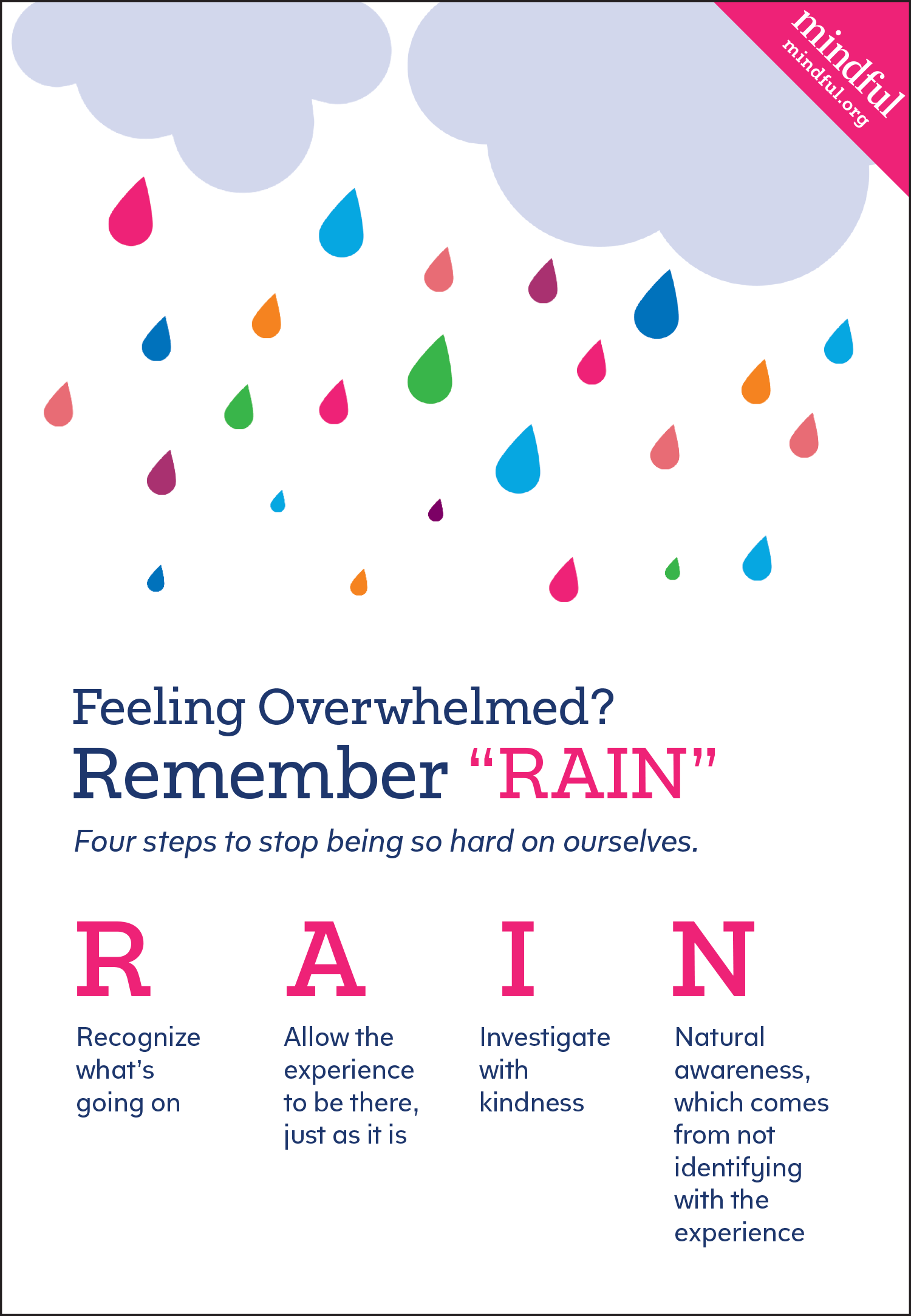I have always considered myself to be a very passionate person. I feel deeply. I get enthusiastic quickly. I cry easily. I always chocked it up to being Portuguese and being raised in a household where you spoke loudly. Later, as I learned about the science of high sensitivity, I realized that my passion was because my nervous system literally took in more information and processed it more deeply than the average person.
And, over time, as I’ve matured, I also realized that what I was lumping together as my passionate qualities were actually reactivity.
Dr. Shefali Tsabury, in her book the Awakened Family, speaks about how there is a difference between reacting and responding. We may not have learned what this difference was as children, so we assume that not reacting means we are being passive or inauthentic. This is because we may have failed to learn, as children and adolescents, how to speak our truth without becoming defensive about it.
Our reactivity always represents a layer of our cultural conditioning–beliefs we received from our families, teachers and other caregivers as well as the broader culture we lived in.
Of course reactivity is a natural response if, as a child and adolescent you felt like you had to defend your truth to parents, teachers and other caregivers. If you lived a life feeling like you were always a misfit or a little weird or misunderstood, you probably developed some reactivity. I’m raising my hand here and waving it around because that is totally me, I was totally the kid who never really felt understood. I found pockets of understanding in supportive friends, loving mentors in family members and kind teachers, but generally speaking I felt like the world didn’t quite “get” me. In 2017 after my daughter was born, I was faced with the impact my reactivity has on the people around me. I was called out on my tendency for irritability and criticism. Now not all of my irritation and criticism was unwarranted—feelings are always valid. And in many cases, my requests and boundaries were actually being violated. But I wasn’t getting what I was requesting because I was being explosive in my requests.
I was becoming angry and demanding that someone listen rather than making my request and then holding that person accountable.
Dr. Shefali talks about how being responsive comes from living fully in the present. It comes from a place within you where you are sure of your own inherent worth. You’re not outsourcing it to others. Reactivity is about fear—fear that someone might abandon you or not like you, fear that you’re not right. Reactivity is about control—trying to control outcomes, trying to get what you want at all costs and believing that you will be very unhappy if you don’t get it. For most people (I speak for myself as well here), the following things are true:
- We never learned how to speak to each other without getting emotionally charged.
- We aren’t used to being present with our feelings and just allowing them to be. We mostly let our emotions take charge of our reaction.
These things are true, simply because our early caregivers did not have much capacity to regulate their own emotions. If emotional regulation was not accessible then our child self’s big, explosive emotions would have never been regulated either (a process we call co-regulation). If our caregivers did not model effective self-regulation, then we simply could not learn how to move from reaction to response. Essentially, we might call this being raised by emotionally immature or emotionally phobic parents (thank you to Lindsay C. Gibson for this term and her powerful work on the subject).
Another key thing to acknowledge is that if our caregivers did not have much capacity for emotional regulation, then we did not develop a healthy relationship to anger, power and aggression. More than likely we learned to confuse aggressiveness for assertiveness. We don’t know how to assertively stand up for ourselves without expressing aggression.
I want to honour here, this is not and was never our fault. The conditioning we were given, was bestowed upon us without any choice.
And, now we do have more choice. Now we do have the capacity, in this adult body, to choose between aggression and assertion. Now we can generate the capacity to speak our truth without defensiveness.
Guilt and shame can really come up here, I know they did for me. But I want to say that most of us have trouble with these things. The reality is, most of us have not learned how to be our authentic selves. We’ve had to cover up that authenticity with ways of being that are accepted by our family, our culture and all the groups we were a part of when we were young (teams, clubs, studios, gyms, schools etc.).
We can allow the guilt and shame to take over, or we can use this information to feed into a higher purpose—for our own lives, the lives of our children and for the true, deep transformation of our culture.
Here’s another really important truth about being human: You have always been an amazing human being. The Divine lives in you and at your core is an essence that is inherently worth and completely free.
You were not allowed to be authentic, you were not allowed to speak your truth. And that is a really limiting experience for that creates a lot of issues us as adults. Our truths as a young person can be so threatening to the adults around us that we are silenced. And then it becomes hard to access that truth. It’s been buried under years of social conditioning.
But here’s another fact: Because you have always been an amazing human being with this omnipotent capacity: You are welcome at this table of healing. You, me, everyone is welcome. Our birthright is healing. It is accessible to us. You, me, we, don’t have to wear these prescribed masks anymore.
We can write our own permission slips to be the people we want to be. To be the people we are. The misfits, the weird ones. We can be unapologetic and unabashed in our ways of being. And we can do it without being angry, irritated, annoyed. We can do it without emotional turmoil or manipulation. We can.
But how?
Slow and steady my sweet ones. This is work that is tender and liberatory. And it takes time and support.
We can begin with cultivating our capacity for emotional regulation—the very thing we were not taught. The skill of emotional regulation is being able to experience emotions without letting them overwhelm you. This is the way to move from being toxically reactive to mindfully responsive.
I want to say firstly, that our emotions live in the body. So contact with the body is a key part of emotional regulation. Since our culture is so heavily focused on the functions of the mind, we need gentle ways to get into our emotional bodies. Here are three tools that I use with myself and clients regularly:
The Feelings Wheel: This is a tool I use almost daily with my clients. If we were raised by emotionally immature adults, it can be challenging for us to even name what the feelings are that we have in our body. This feeling wheel reminds us of the 7 main human emotions and provides more nuanced words for each category. When I use the feeling wheel, I encourage clients to just look at the central circle, and without thinking much, check to see which emotion they are currently feeling in this moment. Then I ask them to close their eyes and perhaps check what sensations and where in the body this feeling shows up. Then from there, we can use the feeling wheel to get more specific about the feeling by looking at the outer circles as well. This is a practice that can be done during any moments of overwhelm and it helps cultivate our curiosity for ourselves.
The Anger Iceberg: This tool can be used in order to investigate what might be going on underneath our anger. Anger is an umbrella emotion that almost always is used to defend us from a deeper, more vulnerable feeling. Remember that moving from reactivity to mindful responsiveness is not about shunning anger. Anger is a powerful communicator. We are humans and humans are capable of a very broad range of emotions. None of those emotions are wrong. So the point here is not be a person who never feels angry. The point of this is to see your anger, witness it and try to figure out what it is telling you. As the iceberg shows us, underlying anger is any number of deeper emotions that are hard for us to access when we are enraged. One way to witness your own anger, is to keep this image on your phone or hanging up in your house so that you can refer to it any time a pang of anger/rage/irritability comes over you. By looking beneath the hard iceberg’s surface, you can access the softer, more vulnerable emotions you’re actually having. I’ve also written about ways to work with anger here.
The Practice of RAIN: The final tool I wanted to introduce is the practice of RAIN. Once you’ve been able to identify some of the emotions that are present and even get into some deeper vulnerability, it helps then to give those emotions what they need. I LOVE this acronym as an accessible reminder of how to meet our emotional needs. This practice reminds us that our emotions and experiences are in and of themselves neutral. We attach meaning and reaction to them which gives us the emotional turmoil we experience. This acronym gives you a four step process of acknowledging your feelings, being kind to yourself and not overidentifying with what’s happening. Not over identifying means you remember that you are a sovereign being with a rich inner life, you are not what’s happening to you or what people are saying about you. At the heart of this practice is self compassion. This meditation by Tara Brach guides you through the practice.
I’ll write about this more in future posts because it is a topic unto itself, but if you can, try to cultivate a mediation practice. Accepting our emotions and being in a place of regulation requires silence and stillness. And this is hard to experience regularly in our current lifestyle. Silence and stillness and being comfortable with it requires cultivation. The stillness muscle is one that we have to practice flexing over and over again on a consistent basis. There is a lot to learn and gain in silence. If you’d like a gentle place to start, I have a 12 minute guided meditation that you can access here.
And here is my parting tip, remember and tell yourself this over and over, in your kindest voice: this is not an overnight gain. Emotional regulation and choosing mindful responses over reactivity is a slow process of undoing and relearning. Be patient and kind. Put one foot in front of the other for as many moments as you can in the day and, I promise, you will get to somewhere you haven’t been before and it will feel good. I believe in you.



Leave a Reply